In my youth, I was surrounded by books and movies (I even worked in a dollar theater for a time that showed second-run movies.), so I guess you could say that “stories” are what helped me grow up. Even when I was in college at the U.S. Naval Academy, I was a history major, primarily because the classes were like sitting through advanced story-time, at least in my opinion. I wrote the requisite papers for school, but it wasn’t until my graduate work that I really caught the writing bug.
I wrote a paper on Iran’s Islamic Revolutionary Guard Corps (IRGC) and was encouraged by my instructors to submit it for publication. I did, and it was. Since then I have authored several published articles and conference papers about the Middle East and maritime piracy. These writings have been referenced in journals, theses, and other media in over five different countries; including India, Russia, and Iran (translated into Farsi and located on the official Majlis website).
I am an active duty Naval Officer, which has given me the opportunity to live overseas and travel extensively throughout the Middle East and Europe. It has also given me invaluable experience that translated easily into the articles and papers I talked about above. But these writing forays weren’t the “stories” that I really wanted to write. I wanted to try my hand at that “first novel,” having attempted several times since high school only to find myself abandoning each project after pantsing through the first ten or so pages. That opportunity came in 2009.
While working at the NATO Maritime Component Command in Naples, Italy, I was following the details of a ship that had been hijacked in the Baltic Sea. The quasi-conspiracy theories that were being floated around the European press at the time got me thinking…and researching. The idea for a story based around the hijacking and the press theories alone was not enough for me to write a compelling novel, so I thought about what I would want to read. **spark**
I love reading political and international thrillers, and watching movies of the same vein. But even most, if not all of these stories left me a little unsatisfied after turning the last page or leaving the movie theater. There was some common thread in all of them that ate at me and made me ask the question, “Why are all of the heroes ex-CIA, Secret Service, Green Beret, Navy SEAL-type guys?” What I wanted to see was a story about a normal guy like me who found himself in a similar situation as these supermen. How would HE react? **spark spark**
That was the missing piece of the hijacking story! That was how I would tell the story! But, how do I do that? Who is this regular guy going to be, and more importantly, how does he find himself in a conflict that would be easy to explain if he was in Jack Bauer’s line of work? What in my past experience could translate to the life of a realistic character that people could actually relate to, while at the same time allowing me to place him in a situation that is so completely removed from his average life, and do it in a believable way that would entertain others? Now, I spent some time as a vending-route driver, and I’ve read plenty of blogs in my time… ***ignition***
I started writing an outline for the story that was now forming in my head, choosing to abandon the pantsing technique of my past novel-writing attempts. After about a month and a half of outlining and researching, I had an outline. I put that outline on a calendar, setting each scene down in a three- or four-word bullet on the day I needed it to happen within the story timeline, and I started writing. I did this in pencil, because invariably, things change as you begin writing and have to move things around and add or subtract scenes as needed. I even turned a bad guy into a not-so-bad guy who became an integral part of the thriller aspect of the book, where initially, he was just a minor character. It took me a solid year of working this way to finish the first draft and another few months of editing to get the book where it is today.
The experience of writing OPEN SOURCE was both daunting and extremely satisfying. I learned quite a bit about a lot of things during the continuous research that went into making the book believable and as true-to-fact as I could make it, but more importantly, I learned a lot about persistence.
If I was to give advice to someone just starting out writing (myself included), I would say, “keep at it.” Writing a novel is not an easy task, but with an outline…I’m talking from start to finish…you can do it. The outline can be changed as needed, but scrapping a bullet from an outline is a lot less distressing than deleting 15 pages of manuscript (you will probably do that anyway during the editing process, but you can minimize it by using an outline). Some people don’t agree with the idea, thinking that an outline stifles the creativity part of writing fiction, but I disagree. And this disagreement probably stems from my love of movies. Let me explain.
When I mapped my novel on a calendar/outline, I went through it start to finish every chance I got. Every bullet on the calendar became a scene that I enacted in my head, dialogue and all. I did this through the entire writing process. Because I had “watched” the scene countless times before, when it came time to put pen to paper or fingers to keyboard (I used both), I knew exactly what I was going to write.
So that’s it. The bottom line is that writing a novel, and finishing it, was one of the most satisfying endeavors I have ever undertaken. I finally wrote the book I always wanted to read. And isn’t that what drove me to write in the first place?
-Matthew M. Frick, author of Open Source
Get an Editorial Review | Get Amazon Sales & Reviews | Get Edited | Get Beta Readers | Enter the SPR Book Awards | Other Marketing Services


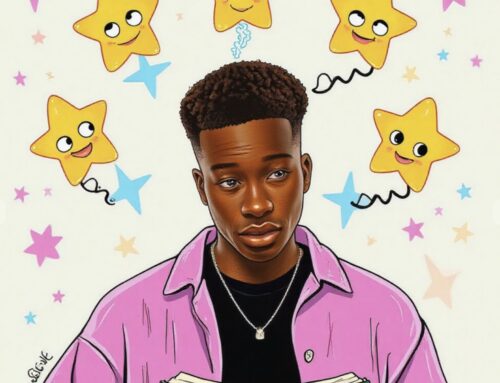
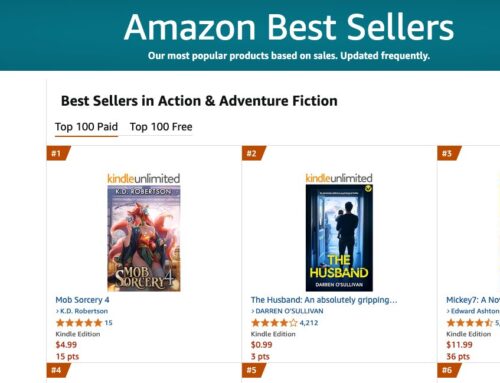
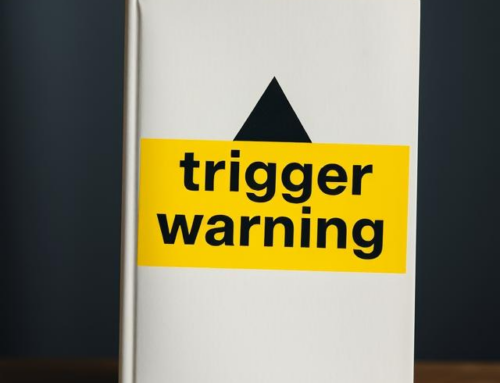




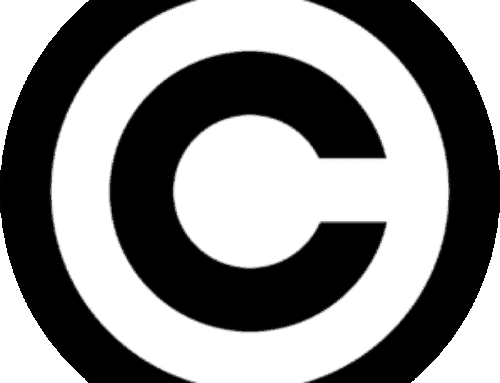

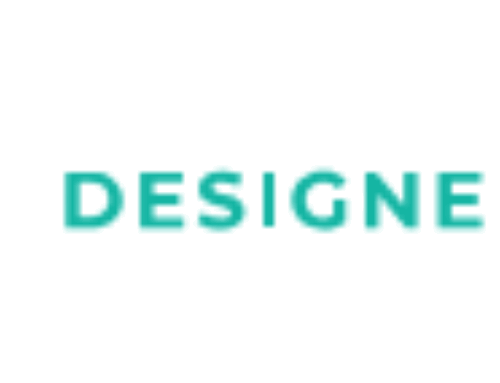







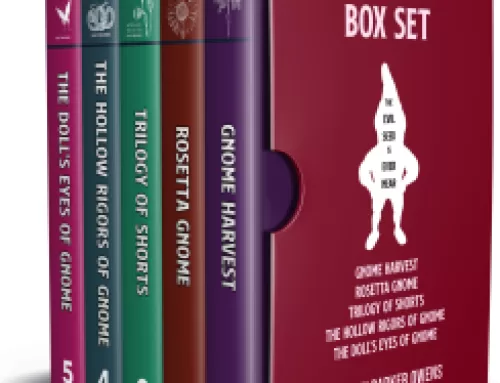


You clearly state an excellent point: writers need to also write what they would want to read. That can be easy to lose sight of, when you’re caught up just trying to write, or trying too hard “to write that greatest novel”, “great American novel”, yadda yadda yadda.
Outlines are helpful. I’ve been using one for my novel, and I take the approach of “the map is not the territory”. The outline is just a map, and the story is the territory. As the story progresses, it may veer away from the map — and that’s ok. Ultimately, it’s the territory you follow, and the map is just a sometimes-needed, sometimes-useful guide.